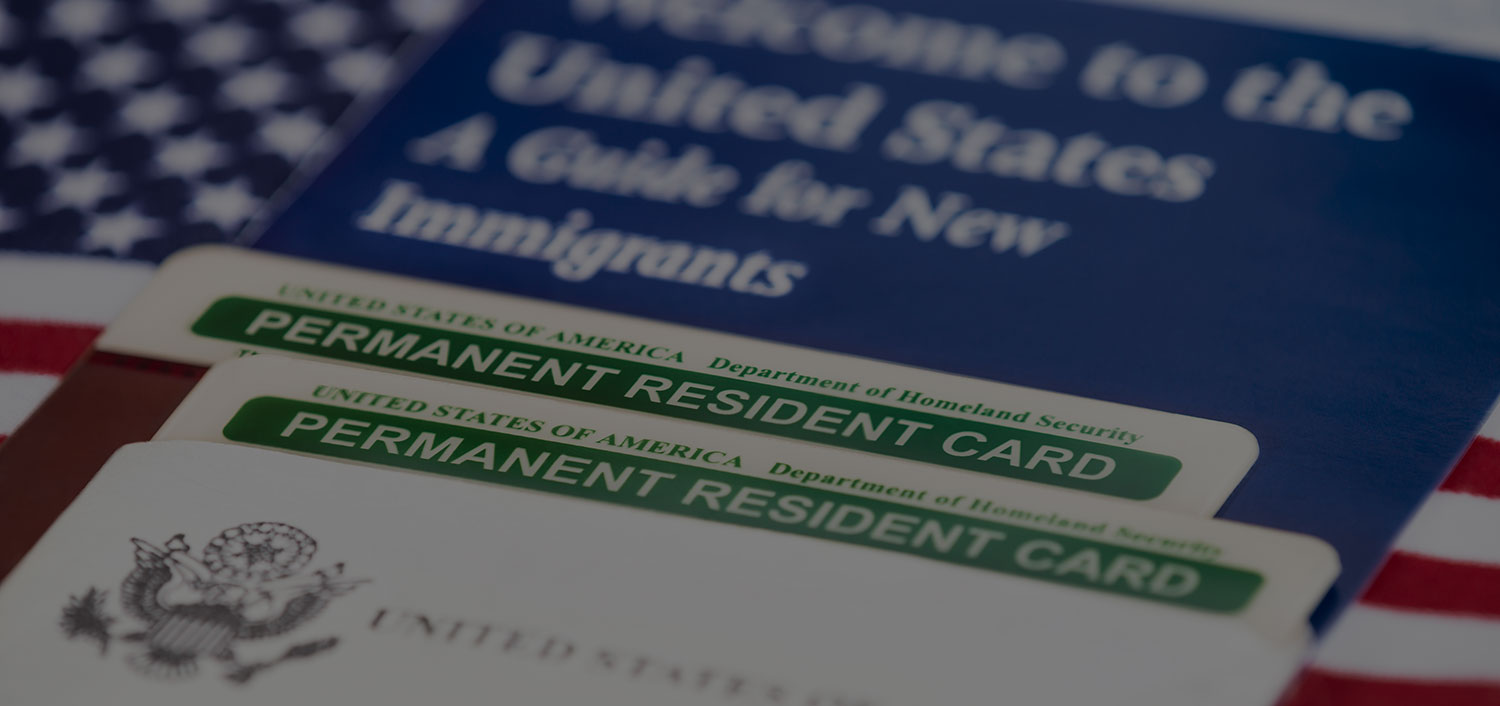E-3 Treaty Professional Visa for Australian Nationals
The United States Congress has created a new visa, the E-3 treaty professional
visa for Australian nationals who enter the United States temporarily to
work in a specialty occupation. The following provides a brief overview
of the E-3 visa category, its major provisions, conditions, and requirements.
We have been informed that draft regulation are currently underway and
should be ready for public notice in about 2 months.
Eligibility - Speciality Occupation
To be eligible for the E-3 visa, an Australian national must be entering the
United States temporarily to work for a U.S. employer in a specialty occupation.
The term "specialty occupation" is defined under U.S. law in the
context of the H-1B visa program. A specialty occupation requires the theoretical
and practical application of a body of highly specialized knowledge and, at
a minimum, the attainment of a bachelor's or higher degree (or its equivalent)
in the specialty field. For instance, specialty occupation workers include
architects, accountants, engineers, lawyers, physicians, and surgeons (to name
a few).
The E-3 visa allows Australian nationals to work for any U.S. employer in a
specialty occupation, where this is accompanied by a job offer. For this reason,
it is different from the current E-1 and E-2 visas, which require a direct
and significant link between the occupation and international trade and investment
between the United States and Australia.
Key Characteristics of the E-3 Visa
The E-3 visa affords entry to the professional worker as well as the worker's spouse and minor children. Significantly, unlike many U.S. non-immigrant visas, the E-3 visa allows spouses to apply for authorization to work in the United States for any U.S. employer.
Australian nationals and their dependents traveling to the United States under E-3 visas will be admitted for up to two years. The E-3 visa may be renewed for two year periods indefinitely.
The E-3 visa has no impact upon the ability of Australians to apply for other visa categories. In addition, current H-1B and E visa holders may apply for an E-3 visa, and E-3 visa holders remain eligible to apply for any other visa.
Application Procedures and Requirements
Application procedures for the E-3 visa will generally be governed by the rules applicable to E visa applications. We expect that Australian nationals may be able to make an E-3 visa application directly to a U.S. embassy or consulate abroad. US agencies will need to consider issuance of notices or other administrative regulations governing the new classification.
The prospective U.S. employer is required to secure a certified Labor Condition Application (LCA) from the U.S. Department of Labor. The E-3 applicant will present this certification at the time of the application along with proof that the applicant has a job offer in the United States, that the position qualifies as a specialty occupation, and the applicant has the necessary educational credentials and/or work experience to occupy the position.
Annual Cap
The new legislation establishes an annual numerical limit of 10,500 E-3 visas for each fiscal year. The numerical limit applies only to the primary E-3 visa recipient; E-3 visas issued to spouses and minor children traveling with the principal E-3 applicant do not count against the cap.
See also:
Media Release by Minister Vaile
16 May 2005
